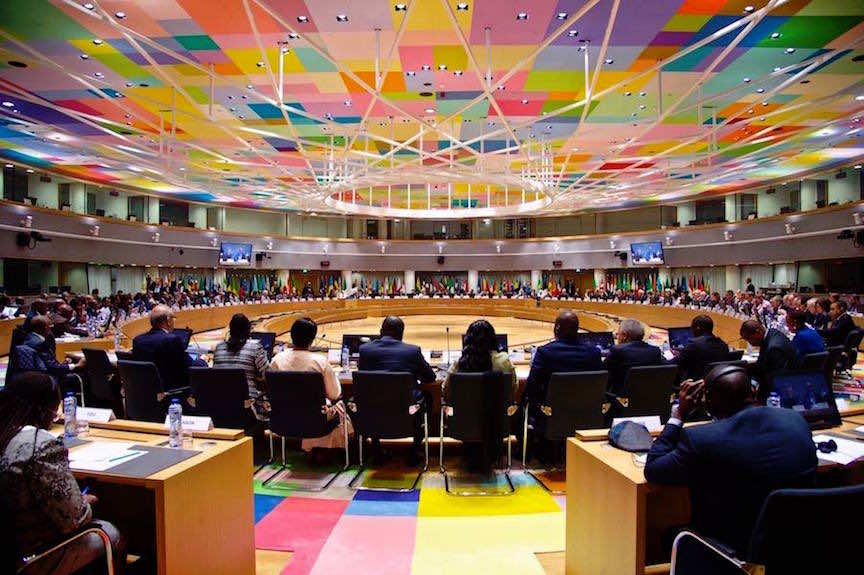
The story of Bus Rapid Transport system in Nairobi was welcomed with different opinions and expectations which were almost killed by Kenya’s financial power until light came through from the EU.
Speaking during a one-day meeting with city commuter operators on a Monday, Isuzu EA managing director Rita Kavashe said the buses have space for sitting and standing passengers, noting they were locally developed with consultation on BRT standards.
“Kenya has the capacity to manufacture these buses for our cities and this should be encouraged since it will create jobs as well as enable operators easily access credit finance to fund acquisition of the buses,” she said.
And then a twist looming the dream followed when Bus Operators’ Alliance chairman Edwin Mukabana said the government’s non-committal stance is a sign of its unpreparedness despite the private sector’s desire to fast track movement of cargo and passengers across Nairobi.

“The government says it is set to launch the BRT service and did mark some lanes for use by high-capacity buses but to date no one has convened a stakeholders’ meeting to address several pertinent issues we have raised regarding this multimillion shilling investment.
European Union which clearly values the project has come to the rescue”The one thing that Nairobi needs is to have an effective BRT system. That is why EU has invested a Sh 5 billion grant to make sure you the people of Nairobi will have an effective, safe, not polluting, not jamming, bus transport system,” said Mr Dejak during the occasion to mark the World Cities Day in Eastleigh Wednesday.
This is the break down of the billion project.About Sh 7 billion of the amount will be used to develop five BRT lines and installing the necessary infrastructure while Sh 2.6 billion will be used to procure 50 high-capacity buses.

The national and county governments will foot the remaining Sh 4.6 billion for the full implementation of the project which will see installation of other link roads such as Likoni, Enterprise, Lusaka and Parklands Ring roads as well as a walkway on Rabai Road.
Speaking at the same event, Nairobi Governor Mike Sonko said his administration will ensure that the initiative is fast-tracked to meet the laid-down deadlines.
He said that after the completion of the BRT system and introduction of commuter rail services, passengers and commuters should be able to access bus and railway stations safely by foot or by cycling, adding that the Nairobi non-motorised transport policy states that all new projects must include provision of safe walkways and cycle lanes.

“As the co-chair of Nairobi Regeneration Committee, of which President Kenyatta is the chair, I will not tolerate any laziness in implementation of projects funded by the EU,” said Governor Sonko. The event also marked the launch of the 2.2 kilometre General Waruinge-Juja Road-Thika Superhighway link road which is among the 16 km link roads in the city that the EU is funding to ease traffic flow in Nairobi.
Early last month Isuzu East Africa launched two types of high-capacity vehicles for the planned bus rapid transit system (BRT) in Nairobi.
The two vehicles with a speed limit of 60 kilometres per hour can ferry between 62 and 100 passengers at a go.